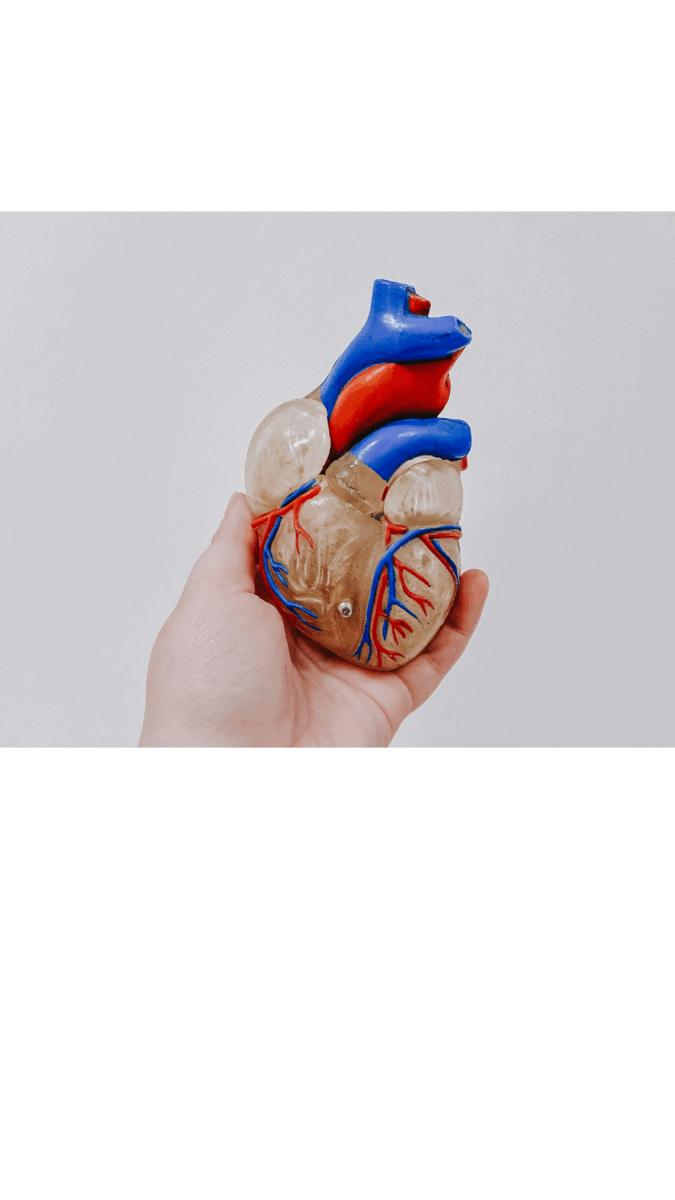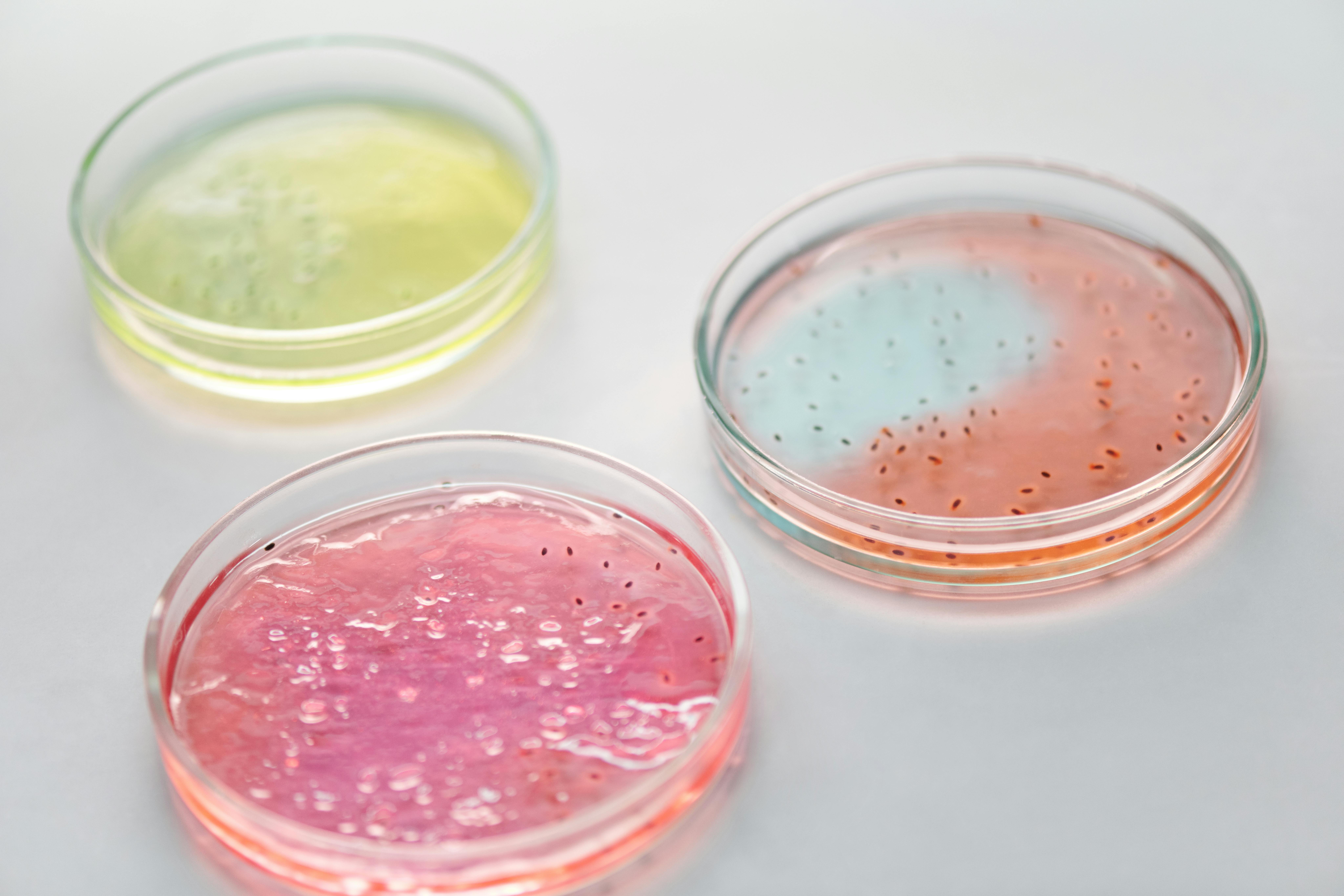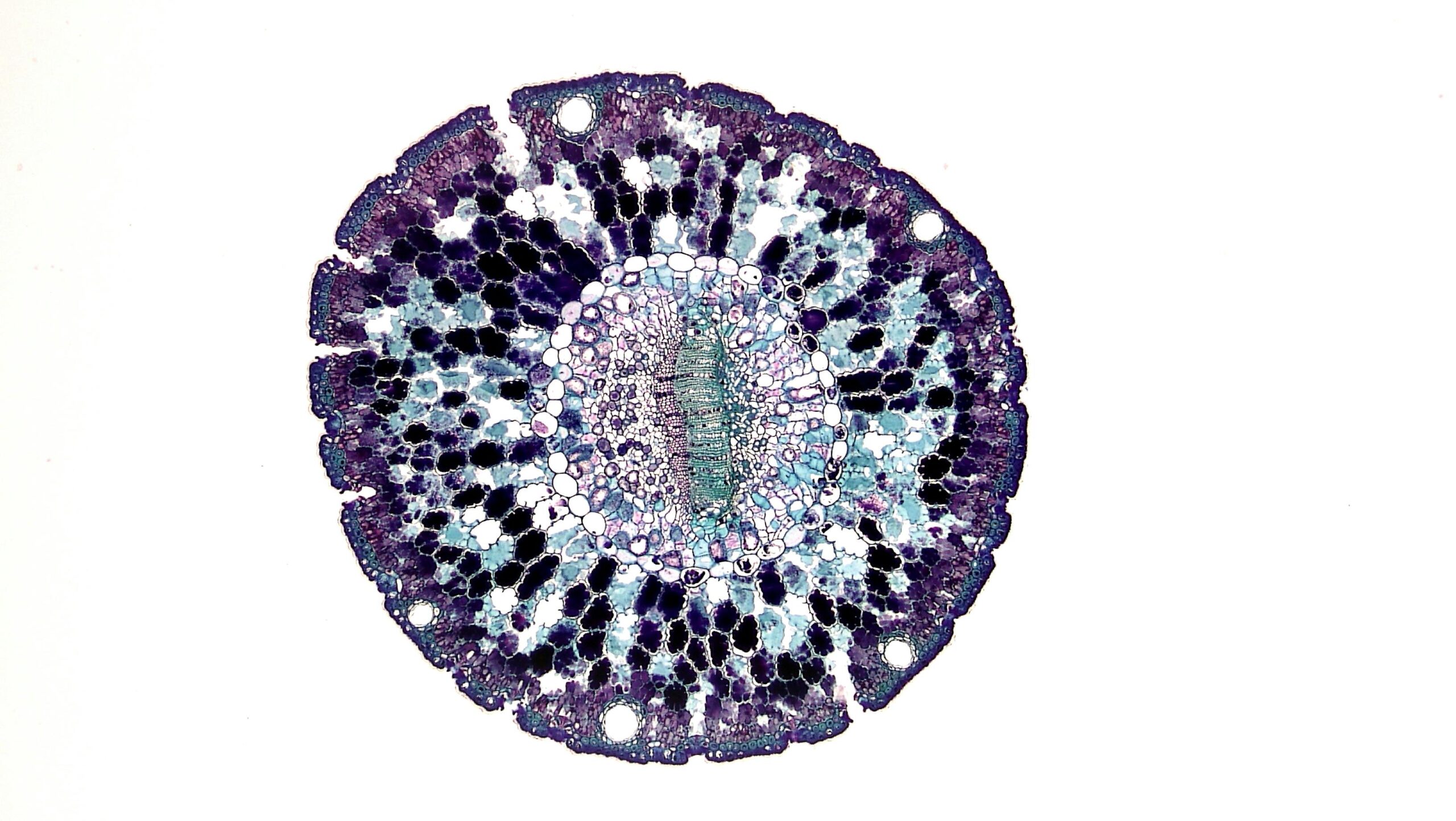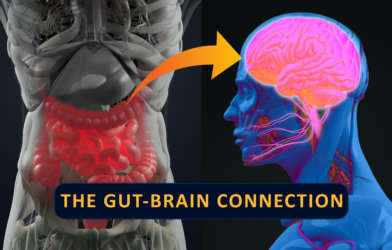An unprecedented study published in Nature Communications has uncovered a startling link between the bacteria in our gut and heart health, a finding that could completely change how doctors approach heart failure. For the first time, researchers at the Cleveland Clinic identified a specific waste product from gut microbes that directly interferes with heart function, setting the stage for a silent but serious problem.
This discovery introduces a new way of looking at heart disease. We’ve always known about the body’s “fight-or-flight” response, which is driven by hormones like adrenaline. These hormones bind to specific locks on heart cells called beta-2 adrenergic receptors (β2ARs), telling your heart to beat faster and stronger. But this new research reveals that a compound called phenylacetylglutamine (PAG), created by gut bacteria, can act as a different kind of key. It doesn’t fit into the main keyhole, but rather a previously unknown spot on the receptor. By doing so, it changes the shape of the lock, making it harder for adrenaline to do its job. This lessens the heart’s ability to contract forcefully, a condition that scientists believe contributes to the gradual weakening of the heart muscle and eventually, heart failure.
This finding is a monumental step forward because it documents a direct, physical interaction between a substance from our gut bacteria and a specific, well-known receptor in our human cells. The study indicates a brand-new pathway for how the gut microbiome directly influences heart disease, opening the door for more precise and effective treatments.
A Deeper Look at the Science
To uncover this intricate connection, the researchers employed a multi-step approach. They began in the lab with human cells engineered to have a high number of the specific heart receptors. They observed that when PAG was present, it took significantly more of the adrenaline-like compound to get the same response from the cells. This confirmed that PAG was actively “modulating” the receptor’s function, weakening its response to natural signals.
To confirm their findings were relevant to humans, the team then tested their theories on actual heart tissue. They used muscle tissue from the left ventricles of nine human hearts that were failing. The results were consistent with their cell studies: PAG made the human heart tissue less responsive to signals that would normally make it contract. While the sample size of human tissue was small, this kind of detailed, mechanistic research focuses on proving the biological plausibility of the findings, rather than a broad population study.
A Smarter Way to Treat Heart Failure
The standard treatment for heart failure is a class of drugs called beta-blockers. These drugs work by blocking the adrenaline receptors on the heart, preventing the heart from overworking itself. While effective, they can have side effects because they completely block the receptor, which can lead to fatigue or an overly slowed heart rate.
The discovery that PAG acts as a “modulator” and not a complete blocker points to a different, more refined approach. A new drug could be designed to target the PAG pathway specifically, blocking its harmful influence on the heart while still allowing the body’s natural adrenaline signals to function as they should. This new, more precise method could offer a way to treat heart failure with fewer side effects, potentially improving the lives of millions of patients.
A New Chapter in Medicine
This research confirms a fundamental link between the microbes in our gut and the health of our heart. It offers more than just a new theory; it presents a novel, actionable pathway that could be targeted with new drugs. By focusing on a specific gut-derived compound, future treatments may be able to protect the heart with a precision that was previously impossible. This work opens up an entirely new chapter in the treatment of heart failure.
Paper Summary
Methodology
The study used both laboratory cell cultures and living tissue. Researchers started with human cells engineered to express high levels of beta-1 or beta-2 adrenergic receptors, observing how the gut-derived compound, PAG, affected them. The study then used isolated heart muscle cells from male mice and heart tissue from nine human subjects with failing hearts to confirm findings in a more biologically relevant model.
Results
The research found that phenylacetylglutamine (PAG) acts as a negative allosteric modulator of beta-2 adrenergic receptors, reducing their ability to respond to adrenaline signals. This interaction resulted in a reduced contractile force in both mouse and human heart tissue, highlighting a novel mechanism for how the gut microbiome can influence heart function.
Limitations
The research was conducted using preclinical models and a small sample size of human heart tissue. These findings need to be confirmed in larger clinical trials to validate their effects in a broader population.
Funding and Disclosures
This research was supported by grants from the National Heart, Lung, and Blood Institute. The lead author, Dr. Stanley Hazen, is a co-inventor on patents related to cardiovascular diagnostics and therapeutics and has the right to receive royalty payments for these inventions.
Paper Publication Info
The paper, titled “Gut microbe-generated phenylacetylglutamine is an endogenous allosteric modulator of ẞ2-adrenergic receptors,” was published on August 6, 2024, in the journal Nature Communications. The DOI is https://doi.org/10.1038/s41467-024-50855-3.












